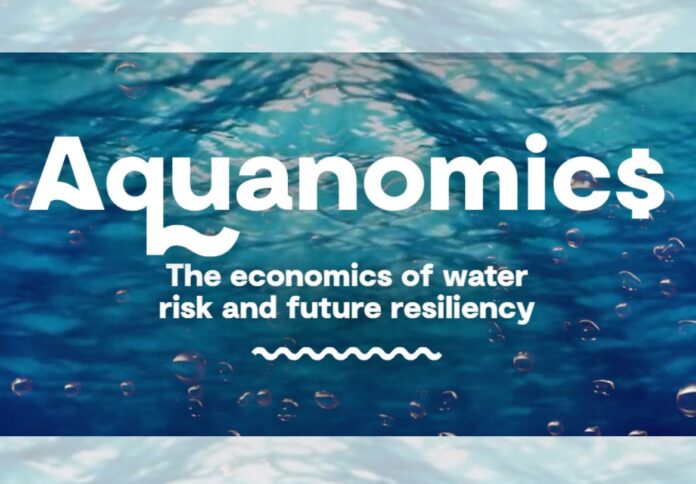
Droughts, floods and storms could result in a total loss of AUD$452 billion to Australia’s GDP between 2022 and 2050, according to new research launched today.
Aquanomics: The economics of water risk and future resilience report is published by global professional services company GHD and reveals Australia will suffer an average annual GDP loss of 0.6% due to water risks such as droughts, floods, and storms.
The research places Australia in the third most vulnerable position when projecting the future economic impact of these events in seven countries.
It also highlights that Australia’s agricultural and retail sectors could be particularly hard hit and these rising threats need to be tackled now with greater focus on solutions like water recycling, desalination, and smarter irrigation.
Lindsey Brown, Australian Water Market Leader at GHD, explains: “To create resilience to the increasing risks from extreme weather events we need to adapt how we build water infrastructure, optimise the performance of existing infrastructure and prioritise nature-based solutions to water management across industries.”
Storms are expected to have the greatest direct impact on the Australian economy (AUD$102 billion), followed by floods (AUD$64 billion) and droughts (AUD$41 billion).
This is the first time that the economic impact of these three types of events have been calculated at a GDP and sector level.
The Aquanomics report builds on concerns highlighted recently by the Intergovernmental Panel on Climate Change (IPCC) that revealed over half of all natural disasters worldwide since the 1970s have involved water.
In addition, in 2021, the Emergency Event Database (EM-DAT) stated that drought, flood and storm disasters affected close to 100 million people globally through displacement, economic damage, food insecurity and injury.
Aquanomics highlights the potential impact of extreme weather events on five critical economic sectors in Australia: agriculture; banking and insurance; energy and utilities; fast-moving consumer goods (FMCG) and retail; and manufacturing and distribution.
It reveals that Australia’s agricultural sector is particularly vulnerable, with projected annual output losses of over 5% by 2030 and 8% by 2050.
“With a growing population and increasing demand for water, embracing the circular economy is a key part of creating climate resilience in Australia,” says Lindsey.
The circular economy involves eliminating waste and pollution, circulating products and materials to extend their lives as long as possible through recycling and reuse, and the regeneration of nature.
Adds Lindsey: “A circular economy approach to water management includes options like supporting water authorities to design out waste and pollution and regenerate natural systems. Increasing supplies of manufactured water through water reuse and recycling also offers a reliable source of water that is not climate-dependent and can contribute to economy-wide decarbonisation efforts through energy production of green hydrogen
“For Australia’s coastal cities – where 80% of the country’s population is concentrated – desalination will be crucial in easing water stress and inland, wastewater treatment and recycling will become more important. These processes make purified recycled water available for drinking and for use by power stations, industry and agriculture.
“The government has a key role to play in managing the transition to new methods of water management. Investment programs, such as the National Water Grid Fund, are the first step but infrastructure can only be part of the solution.”
Re-emphasising the importance of tackling the future potential threats posed by droughts, floods and storms across the country, Lindsey says that Australia needs to ‘reorient’ its relationship with water.
“By focusing on economic impacts of extreme weather events in our Aquanomics report, we aim to help identify and unlock the social and environmental benefits of tackling water risk head-on.
“It’s time to move away from viewing water as a commodity to be controlled, and instead recognise its intrinsic value – water is part of a natural cycle, the balance of which must be restored and maintained if we are to live sustainably and to prosper.
“We also have a responsibility to collaborate with traditional owners and explore water’s deep connection to country. And it’s important to remember that many Indigenous communities are vulnerable to water risk, especially drought.”
Read more about the research here https://www.ghd.com/aquanomics




















